Free shipping on all US orders
10% OF OUR PROFIT GOES TO KIDS’N’CULTURE NON-PROFIT ORGANIZATION
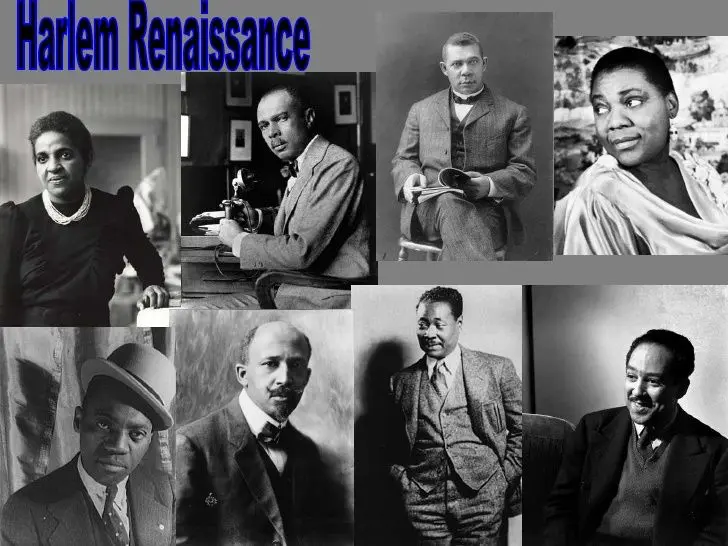
This article will show you how Harlem Renaissance writers, poets, painters, and jazz musicians transformed their hardships into powerful expressions that continue to influence Black cultural expression in contemporary times. So let’s start reading!

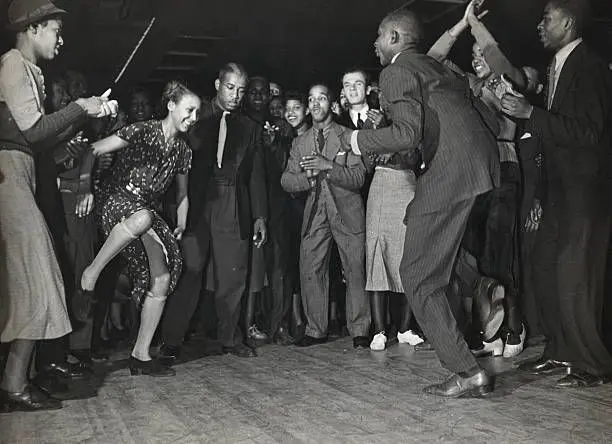
The Harlem Renaissance was made possible by several major societal shifts but let’s check how did the Great Migration contributed to the Harlem Renaissance:
The southern region experienced two major natural disasters in 1915 and 1916 that forced black workers to become unemployed. The United States experienced reduced immigration during World War I and its aftermath which led northern companies to send recruiters into the South to bring Black workers to their facilities. The northern migration of 300,000 African Americans from the South reached in 1920 when Harlem became their preferred settlement choice.
The combination of Jim Crow laws, restricted job opportunities and Southern racial violence forced families to leave their homes and establish new lives in industrial cities including New York, Chicago, Detroit and Philadelphia. The Black community expansion and affordable housing in Harlem made it a leading choice for many African American families who migrated there.
The African American community found their new identity through World War I and the violent racial attacks of the “Red Summer” in 1919. The Harlem Renaissance brought forward a confident “New Negro” identity which Alain Locke introduced through his 1925 collection. The movement brought about a mental transformation for African Americans who had moved from fearful submission to proud self-expression.
The intellectuals and artists created a fresh African American identity through their work while fighting against racist misconceptions. The new identity brought about both political and psychological growth to African Americans. Now we will look at how poets, writers, musicians and artists contribute:
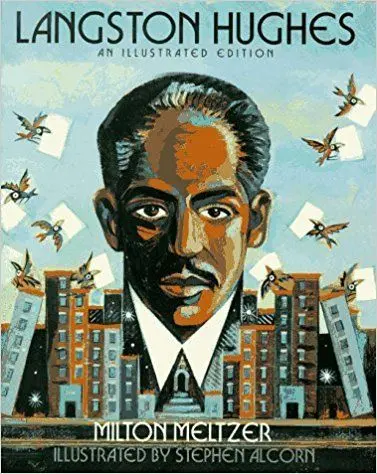
The Harlem Renaissance Writers actively transformed established literary structures to represent the authentic cadences of Black language and the everyday speech of their community. Langston Hughes became the most famous poet of the Harlem Renaissance through his innovative approach which combined the Blues spirit with Jazz syncopation to create poetry that expressed the everyday life of Black Americans in a direct and musical way. Through her dual role as anthropologist and writer, Zora Neale Hurston protected genuine Southern Black folk culture in ‘Their Eyes Were Watching God’ despite receiving criticism for not portraying Black characters in an idealized way.
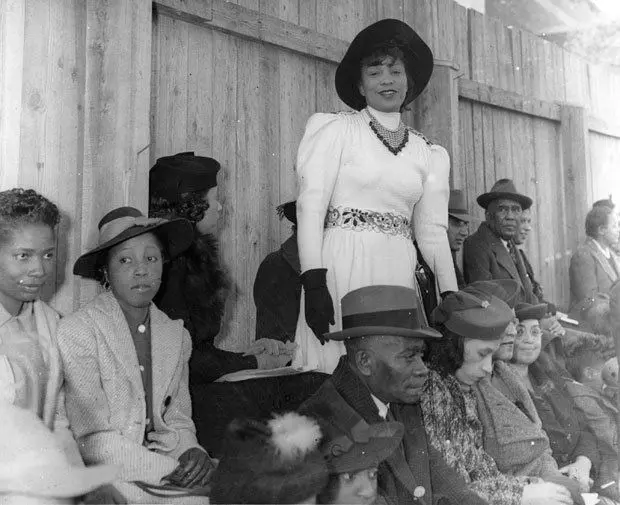
Three more writers also emerged in the literary world to create their own distinctive works: Claude McKay wrote militant protest poetry and Countee Cullen merged classical forms with racial themes and Jean Toomer created the experimental masterpiece Cane to show the Black South’s transition to urban Northern existence. The writers’ open discussion about love, Black self-determination and suffering in their work sparked vital arguments among Black intellectuals. The movement depended on two essential Black-operated publications for its support:
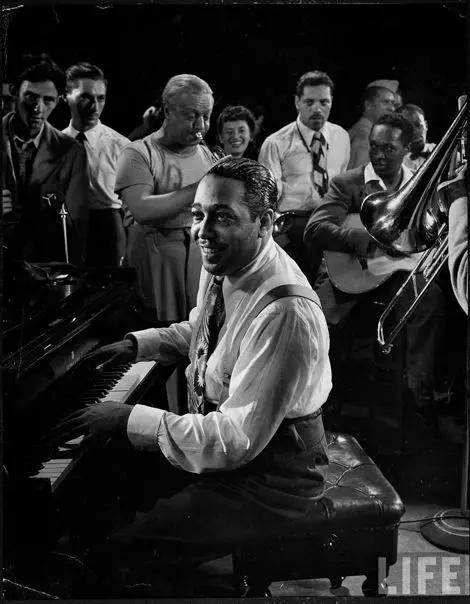
The Harlem Renaissance musicians and the “Jazz Age” received their energetic heartbeat from music. The movement expressed itself through music and served as both the musical foundation of Harlem’s nightlife and a worldwide cultural sensation. The musical genres of Jazz and Blues developed from Southern Black traditions to become major cultural movements in urban dance halls. Duke Ellington led his band while Louis Armstrong played trumpet at the Cotton Club and other famous venues operated under segregation.
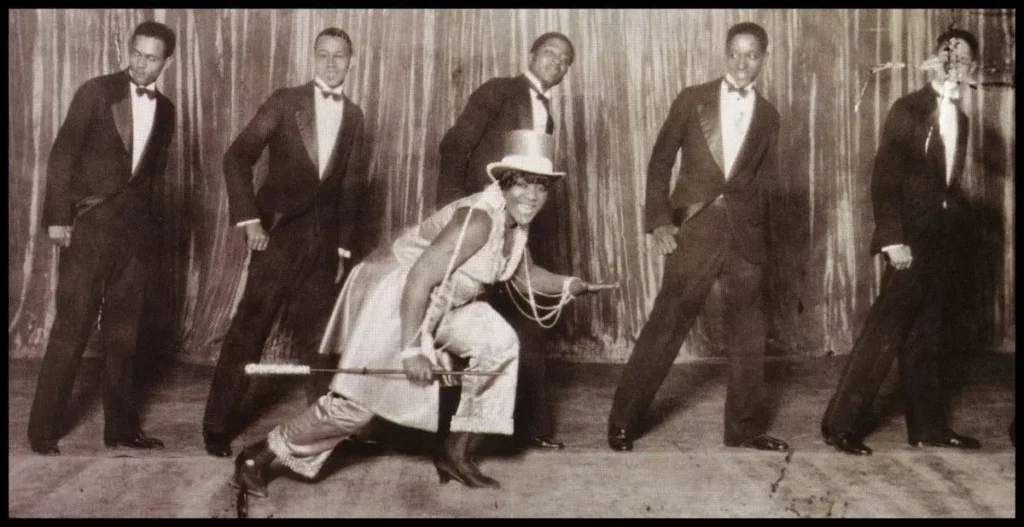
Bessie Smith performed as the “Empress of the Blues” while using her voice to express the complete spectrum of Blues emotions which included deep suffering, spiritual strength and complex feelings. Through its improvisational nature, this music became a revolutionary form of individualism that united African musical elements with American creativity to represent the fresh energy and liberty of the “New Negro” movement.
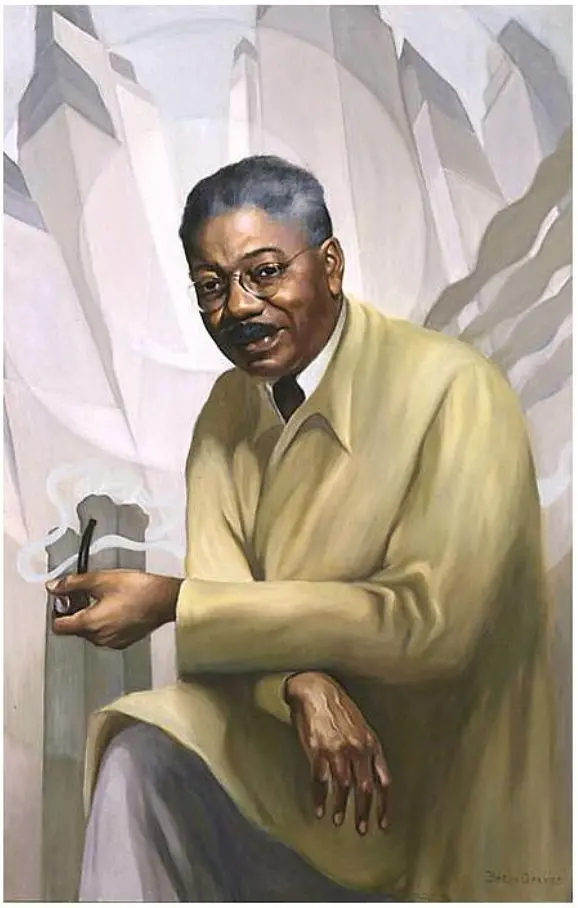
The visual expressions of the Harlem Renaissance emerged after the peak of literary and musical achievements to create its powerful images. Artists made a conscious effort to create artwork that honored Black physical traits, African cultural background and historical heritage while rejecting European artistic conventions. Aaron Douglas became known as the “Dean of Black American Art” Through his murals and illustrations when he created Aspects of Negro Life. Douglas combined abstract modern elements with traditional African mask designs, Egyptian visual motifs and sculptural techniques with his artistic style.
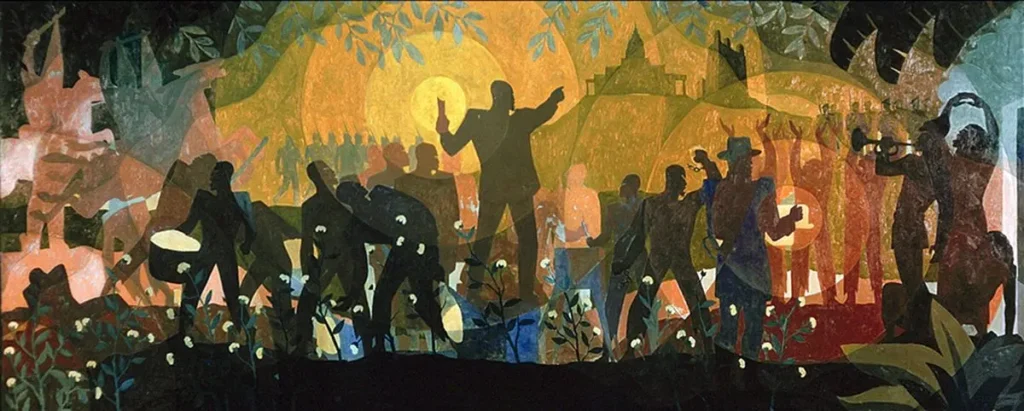
Augusta Savage showed the dignity and strength while dedicating herself to establishing educational programs and career opportunities for upcoming Black artists. The famous black artist Jacob Lawrence gained broader recognition in later years but his artistic work during this hard period shaped his life mission to create the ‘Migration Series and established African American art as a distinct artistic tradition.
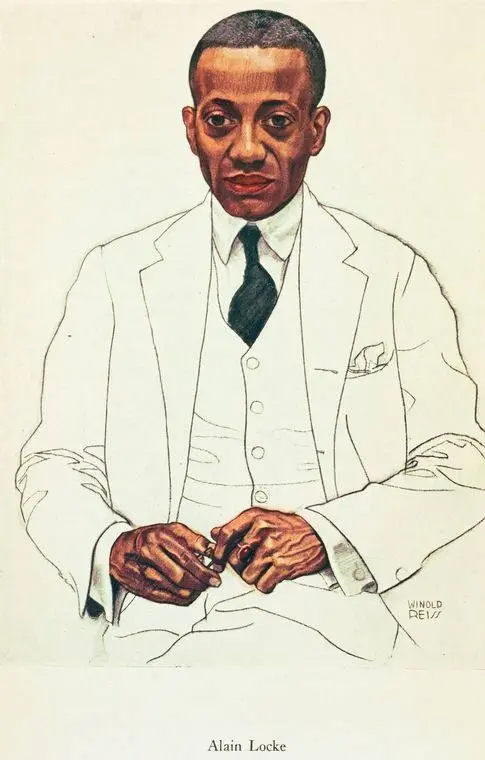
The Harlem Renaissance intellectuals established its foundation through the development of an authentic African American identity that became known as the “New Negro.” The philosopher Alain Locke introduced the concept of “New Negro” in his 1925 anthology to describe the psychological and cultural transformation from submission to confident self-expression. The movement concentrated on three main themes that included racial pride, self-discovery and direct opposition against white cultural control.
Artists struggled with W.E.B. Du Bois’s “double consciousness” concept and described the inner conflict of being both Black and American so they used their work to reconnect with their African heritage and historical past. The intellectual foundation led artists to create work that expressed Black excellence and beauty through authentic community perspectives while showing the complete spectrum of Black urban life experiences.
The Harlem Renaissance experienced its decline in 1935 because of economic collapse and social discontent. The Great Depression began with the 1929 Stock Market Crash which eliminated essential financial support and publishing resources that artists needed to survive. The establishment operated until Prohibition ended in 1933 when white customers stopped visiting the illegal drinking areas in uptown.
The loss of wealth from patrons and publishing industry instability eliminated funding for art and literature which forced Harlem residents to prioritize economic survival during their severe unemployment crisis. The economic situation made artists face a dilemma about whether their work should exist independently or serve the goal of racial progress. T
he Harlem Riot of 1935 marked the end of the Harlem Renaissance because its destructive violence emerged from economic difficulties and the incident began when police arrested a young shoplifter triggering a violent response that killed three people and injured hundreds while causing millions of dollars in property destruction.
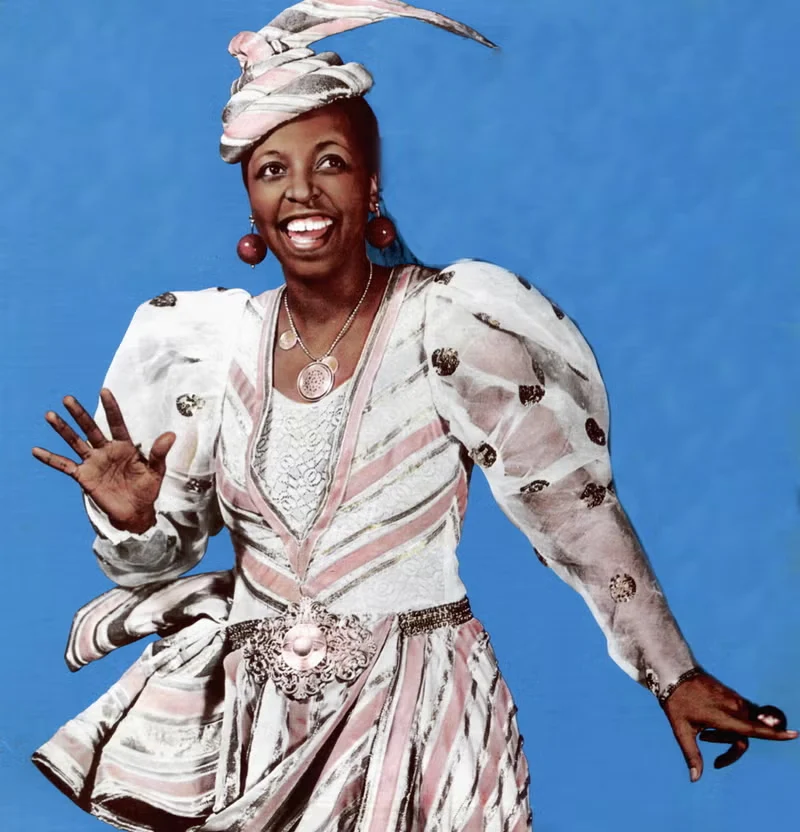
Ethel Waters - GETTY IMAGES
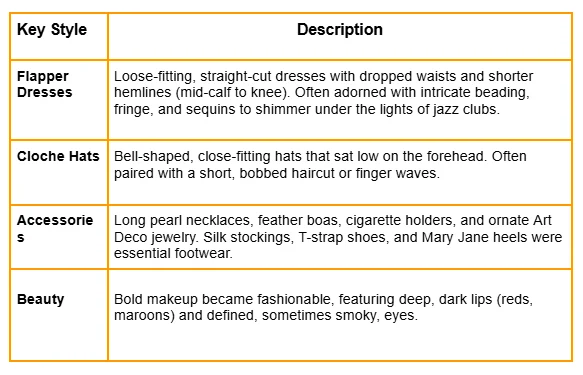
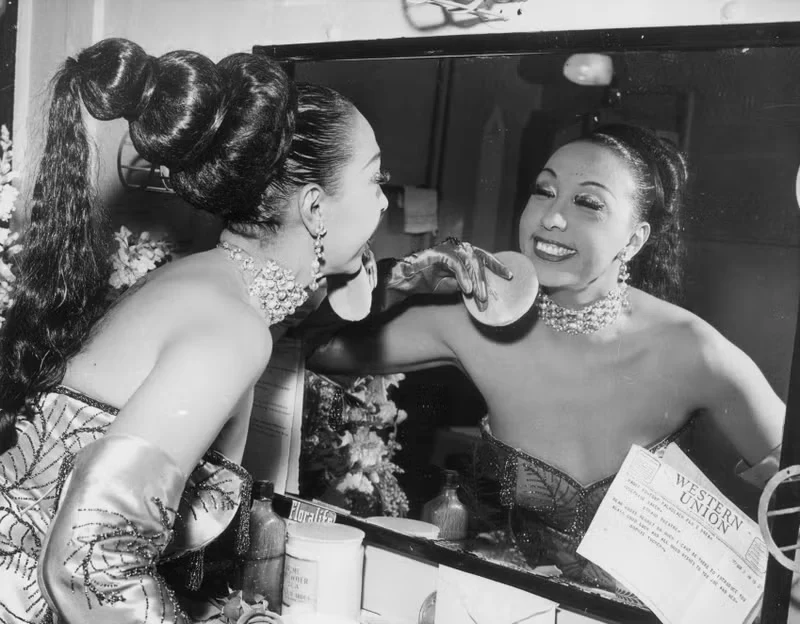
Josephine Baker - GETTY IMAGES
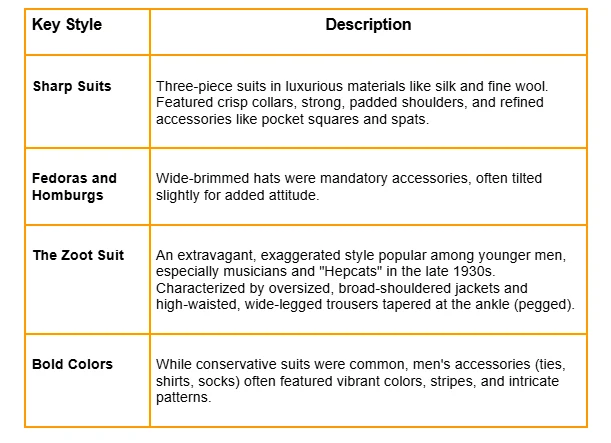
The Harlem Renaissance ended as a historical period yet its cultural impact on America continues to be immeasurable throughout modern times. The movement permanently embedded African American experiences along with their historical background and cultural expressions into the core of American intellectual and artistic discourse.
The cultural confidence and racial pride of the movement directly influenced political activism during the 1950s and 1960s that developed into the Civil Rights Movement and later the Black Arts Movement. The Renaissance achieved its goal of cultural power recovery through self-defined representation which evolved into the current phase of America’s ongoing fight for equality.
There are no reviews yet. Be the first one to write one.
A whole world on the tip of a pencil. The story of an artist who proved that true art has no limits and that it is never too late to start all over again.





International fashion icon and symbol of Parisian style, Ines de la Fressange is one of the most famous women in France.
Anastasia Pilepchuk is a Berlin-based artist with Buryat roots. She creates masks and face jewellery inspired by the nature and the culture of her beautiful region.
A whole world on the tip of a pencil. The story of an artist who proved that true art has no limits and that it is never too late to start all over again.